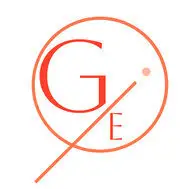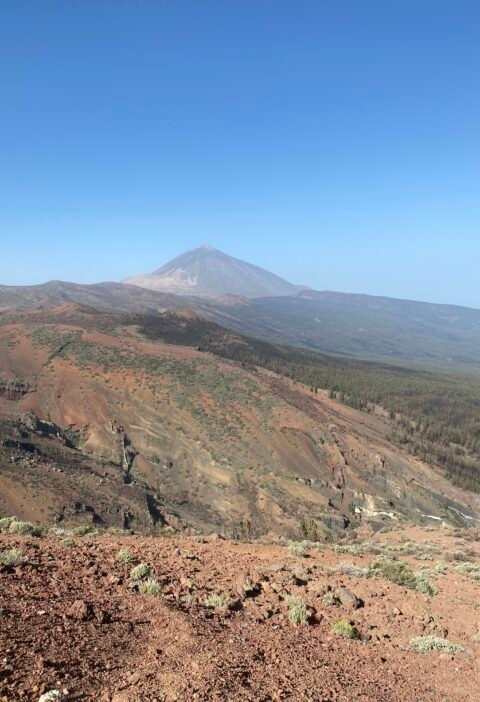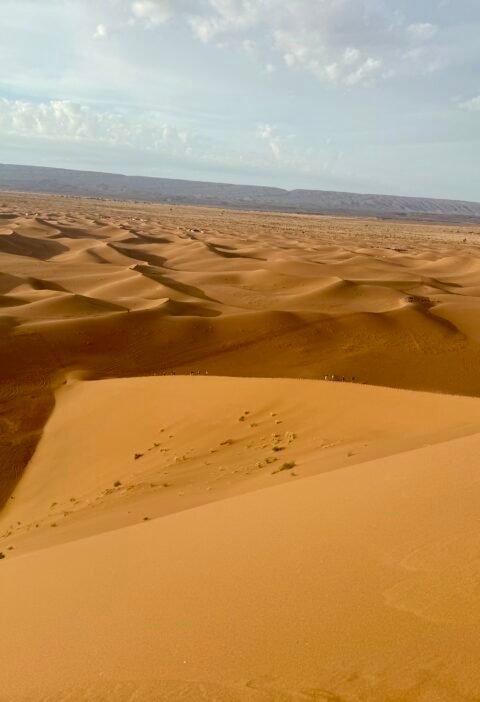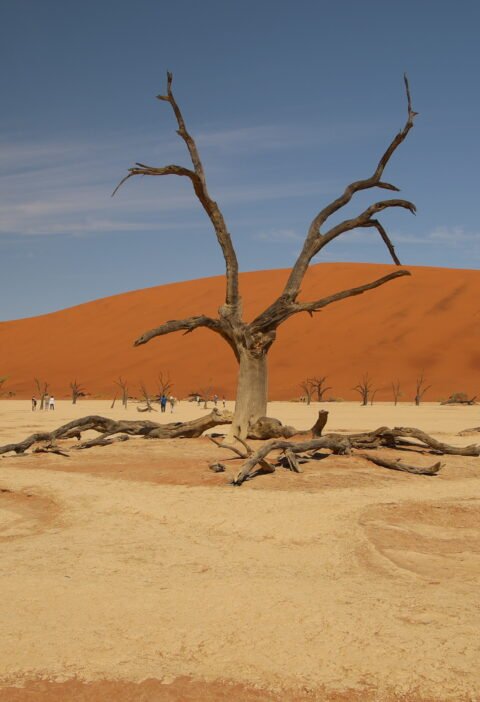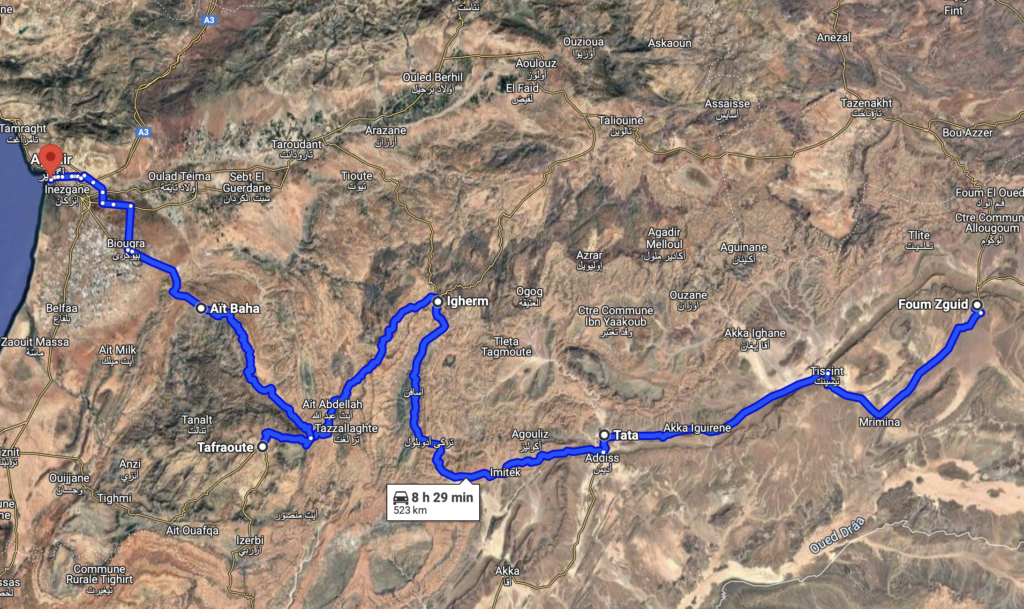
From anti-Atlas to Agadir, via Tafraoute and the gorges of Aït Mansour
Our family adventure in the south of Morocco was slowly coming to an end, but I expected a lot from this last step. I apprehended the roads a little but ultimately everything went well. We had finally chosen to return from this vote of the desert because even if the weather was superb, the morning of our departure, he quickly changed and a strong hailstorm took place towards Zagora. She destroyed hectares of watermelon plantations. If we had taken the other route, which was our choice of the beginning, we could not have passed. Like what, time can change quickly and the roads, which are rather good, quickly become impassable in case of bad weather. After the immersion in the superb dunes of Chegaga, we therefore crossed the anti-Atlas to Tafraoute , a high place of pink granite, before returning to Agadir via the gorges of Aït Mansour , the Kasbah Tigouzane and Aït Baha . This last step was rich in contrasts, wilder than our start to travel: we met few cars on the road and I admit that it was very pleasant. We were delighted to have chosen this route.
Anti-Atlas: Foum Zguid wild road in Tafraoute
After our morning return of the desert to Foum Zguid , we resumed our car for a long but splendid crossing towards Tafraoute , via Tata and Igherm . The road winds between desert trays , steep gorges , and Berber adobe villages . We made a stop at the Tata market to buy something to prepare a picnic. The city itself has little interest, but there has been an important local life there and few tourists.
The contrast between the aridity of the first kilometers and the pink mountains of Tafraoute is striking. The arrival in the village, nestled in the middle of a chaos of granite rocks, marks a turning point in the landscape: more poetic, more mineral, a very nice surprise.
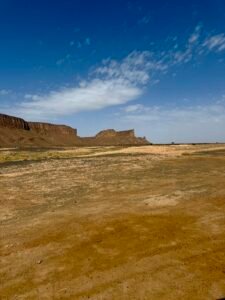
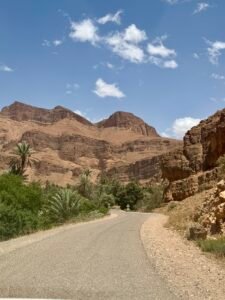
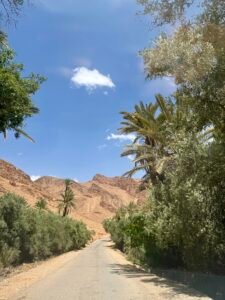
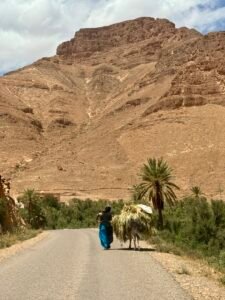
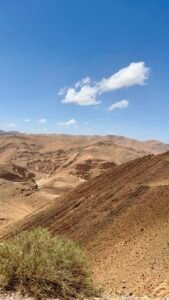
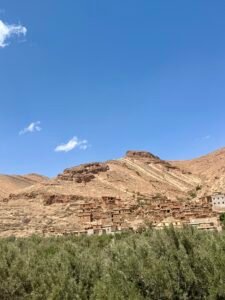
Tafraoute painted rocks: an unforgettable sunset
At the end of the day, we went to admire the painted rocks , a monumental work of the Belgian artist Jean Vérame. In the 1980s, he transformed these natural granite blocks into an open -air gallery , painted in blue, pink and white. We like it or we don't like it. But we found the corner very beautiful.
The sunset over this lunar landscape was magical. The colors were dyed orange, the shadows drew strange shapes on the rocks, and the atmosphere was almost supernatural. Our son had fun climbing on the blocks while we captured this special light.
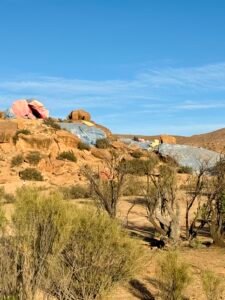
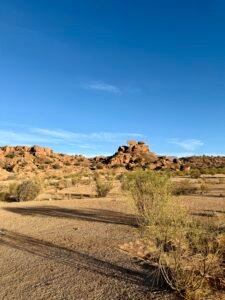
At the end of the evening, we returned to our hotel: the Arganier. A charming small hotel with a pleasant swimming pool after the long road that we had traveled from Foum Zguid. We had deliberately chosen a hotel outside the city center and I think we did well because calm allowed us to spend a serene night. In addition, the evening tagine was delicious.
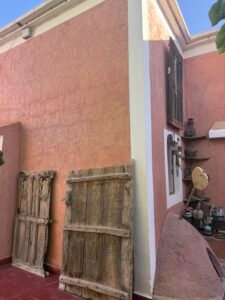
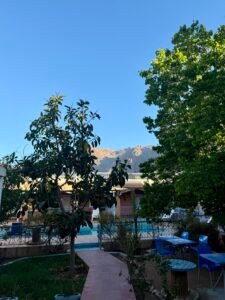

Aït Mansour gorges: a hidden oasis
The next morning, we took a spectacular short road to reach the Gorges d'Aït Mansour , about thirty kilometers from Tafraoute. This green canyon is a real surprise in the heart of an arid setting: a valley bordered by high cliffs, with a luxuriant palm grove .
We walked in the middle of the palm trees, along the small irrigation canals. The contrast between the red rocky walls and the freshness of the oasis gives this place a unique charm.
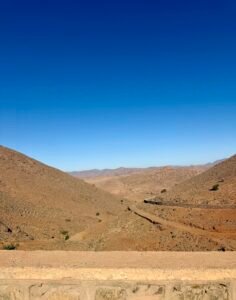
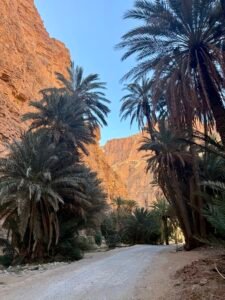
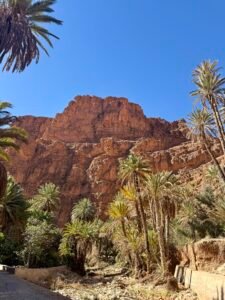
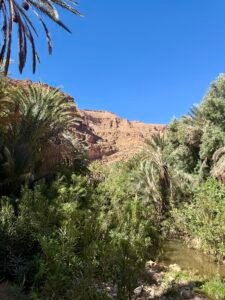
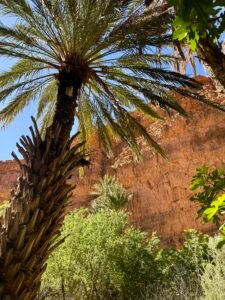
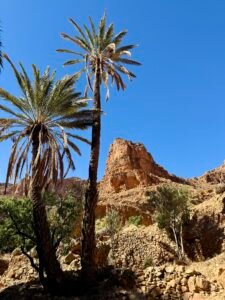
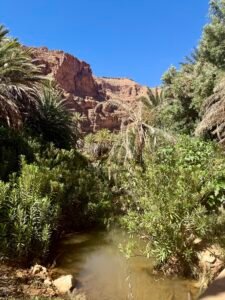
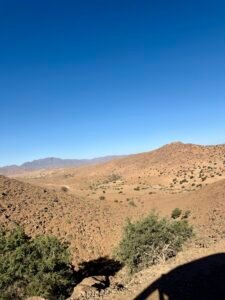
On the road to Agadir: stop at the Kasbah Tigouzane
Leaving Aït Mansour to join Agadir , we made an unexpected but very beautiful stop at the Kasbah Tigouzane . Perched on a height, this former fortress dominates a steep landscape typical of anti-Atlas. This kasbah is very well restored. There are a few rooms and a restaurant but we only pay a few dirham for the visit and took orange juice on the heights.
Little visited, it retains an authentic and preserved atmosphere . We explored its adobe walls, climbed on its heights to enjoy the panoramic view, and imagined the life that used to be there. It is one of those hidden treasures that only curious travelers discover by chance ... but which is really worth a stop.
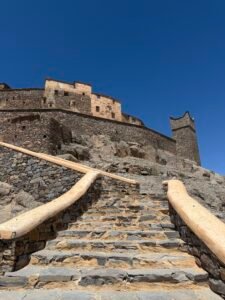
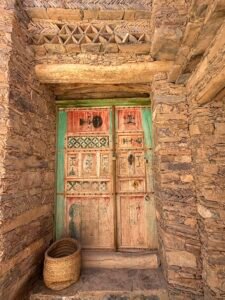
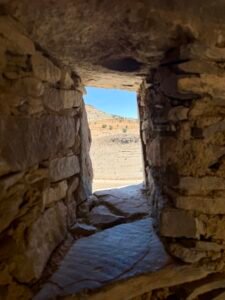
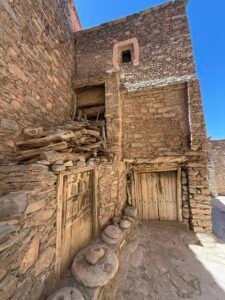
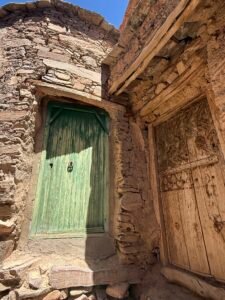
Return to Agadir via Aït Baha: end clap on an unforgettable trip
The last portion of the road, via Aït Baha , gradually brought us back to civilization. Going down to the coast, the mountains gave way to hills, then to the first cultivated fields. We reached Agadir at the end of the afternoon, a little tired but beautiful images full. I was delighted to see goats in the argan trees: I was looking for them since the start of our trip because it was a childhood memory that had marked me during a trip to the region with my parents. But in general, we see these goats rather on the side of Essaouira: we are lucky to meet them. Agadir will not remain engraved in my memories, but it was just a step. The city was destroyed by an earthquake in 1960, it therefore has no soul. Tourists come there for the beach, the sun and the golf course. It is better to spend time on the side of Essaouira, much more charming.
After this last night at the edge of the ocean, in the Timoulay hotel, we took our flight back early in the morning , with memories full of head, sand in the shoes, and the desire already to come back.
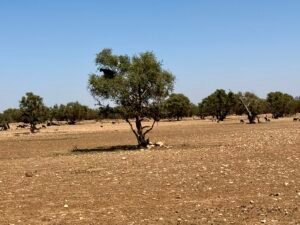
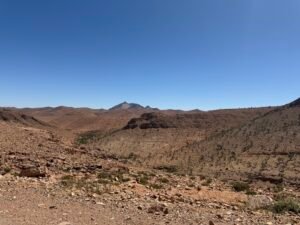
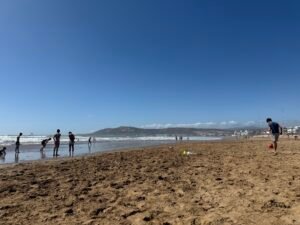
One last word: Morocco side south, an experience to live
This family road trip in the south of Morocco is really worth it: we were able to discover a deep, warm and spectacular Morocco. From Kasbahs of Aït Ben Haddou to the dunes of Chegaga , from the valley of roses to the rocks of Tafraoute , we took full eyes and have lived a great human and sensory adventure: so do not hesitate! You will spend an unforgettable moment.
👉 Are you preparing a road trip in Morocco? Leave a comment below or ask me your questions-I will be delighted to share our good family plans and advice!
